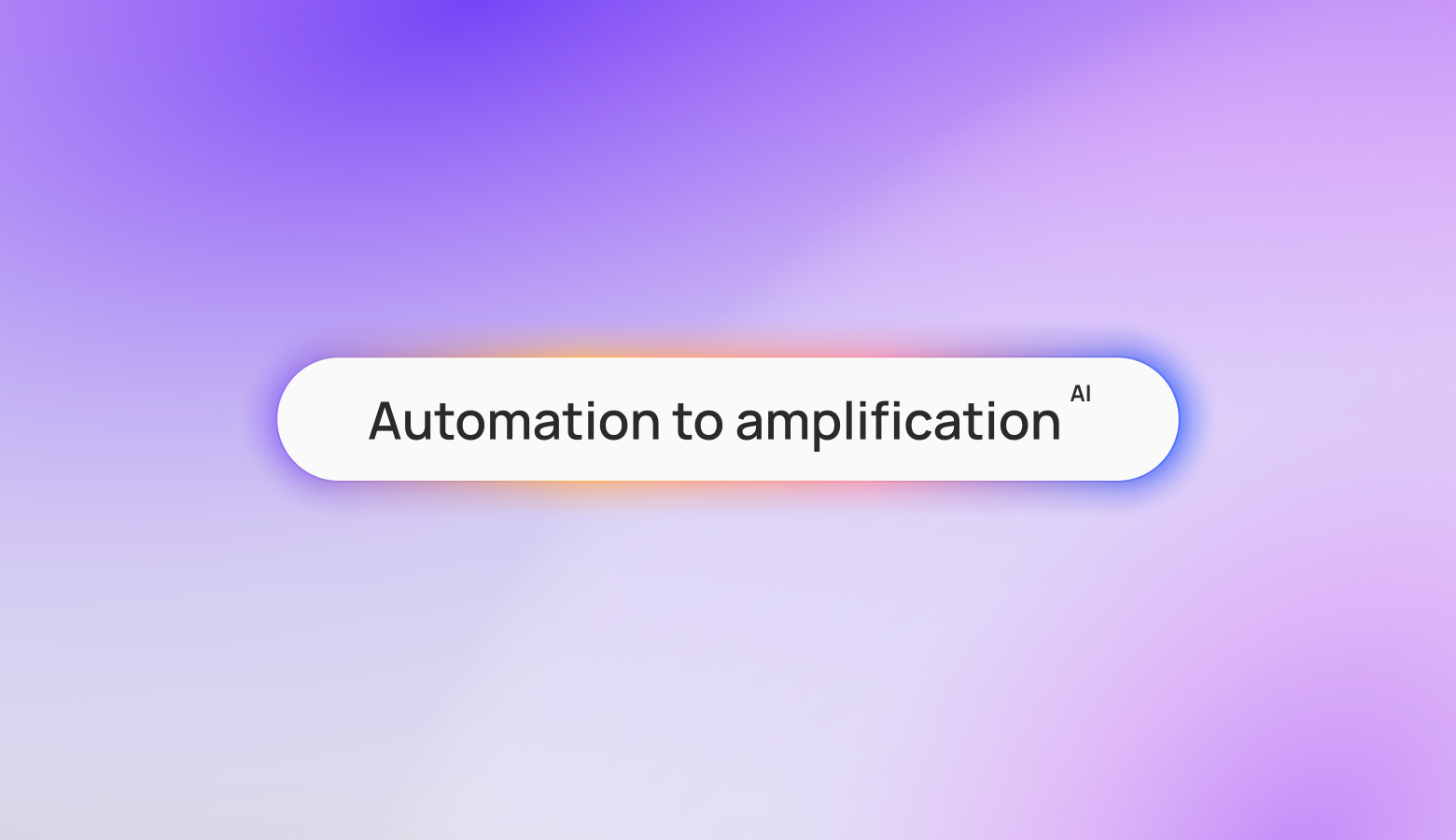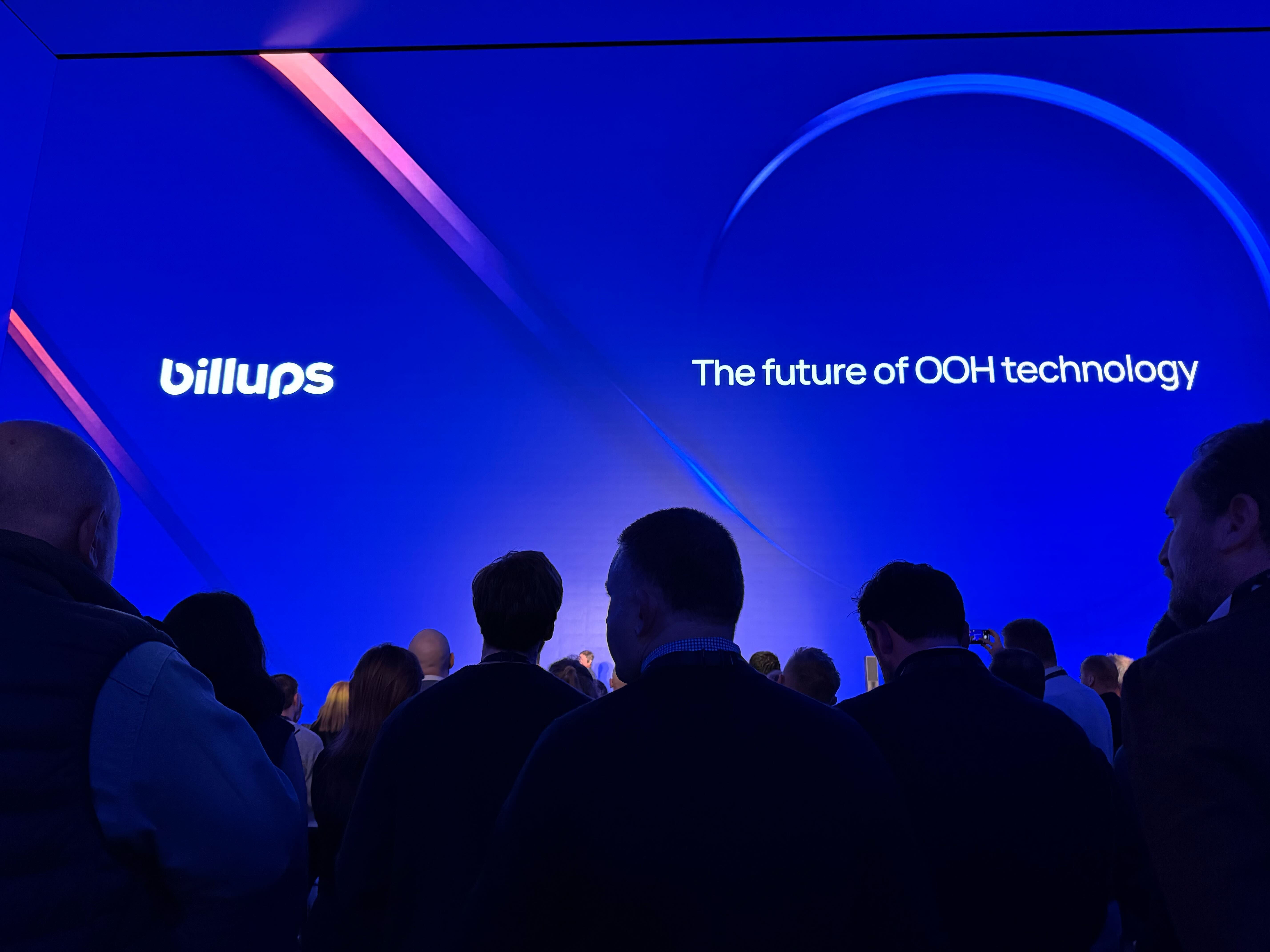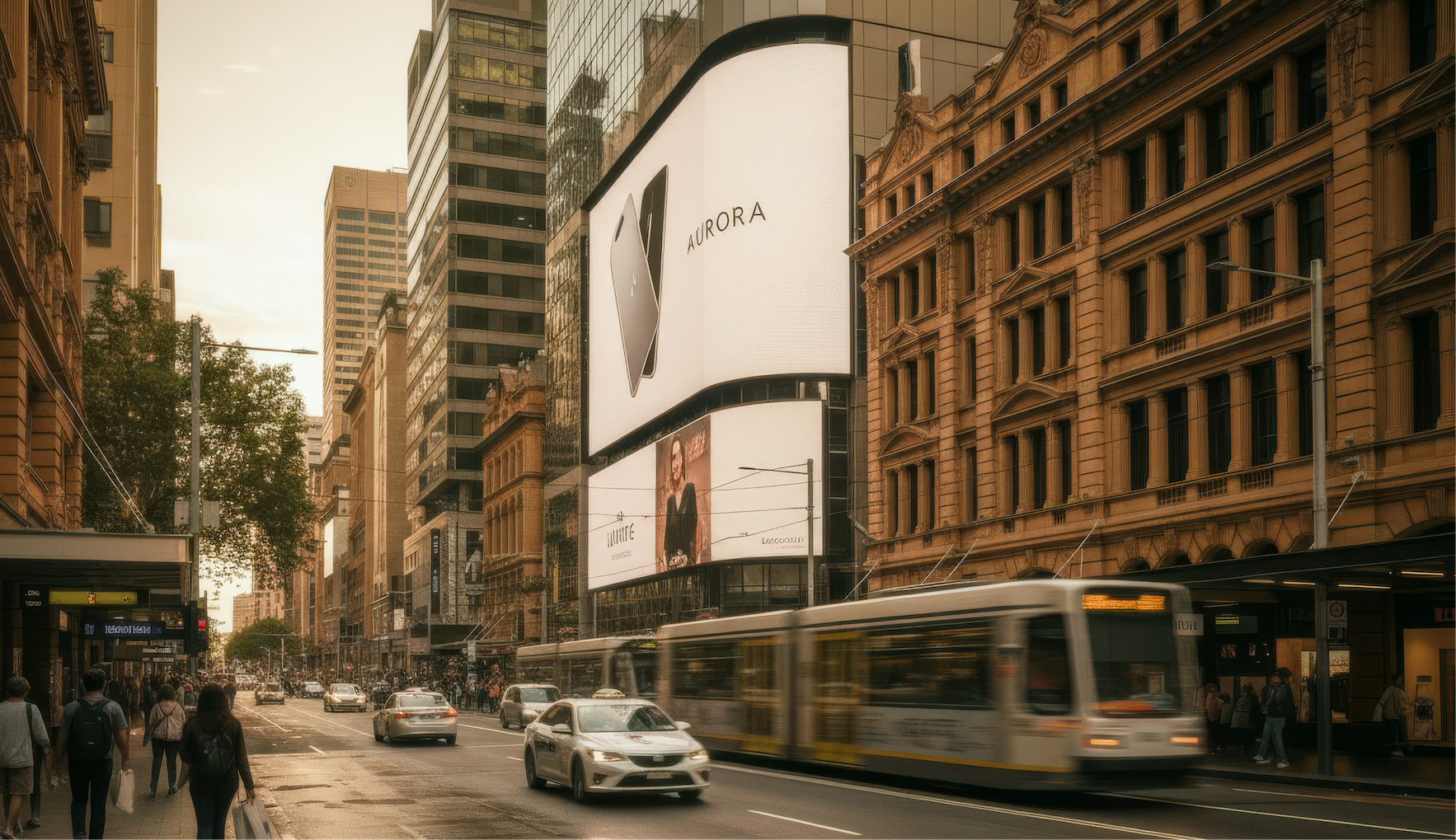Top 2022 OOH Data Trends: What Advertisers Should Embrace for Success

The years 2020 and 2021 saw significant changes in the advertising industry — perhaps most notably in consumer behavior as they fight back variants and digital fatigue. However, even if it felt like the world stood still, out-of-home (OOH) advertising continues to stand firm, growing incrementally and advancing scientific solutions to solve for business outcomes. Over the past couple of years, it is clear that people are moving about in shorter distances more frequently but at the same time venturing out into the world as they reemerge from the pandemic.
Here are key OOH data trends that have set the groundwork for even bigger shifts and opportunities going into 2022:
#1: Privacy Updates
We’ve already seen privacy changes for Apple devices, and Google is surely to follow suit. Stricter privacy laws mean we’ll ultimately transition into a world without device IDs. That, in turn, means audience targeting will evolve in response.
Upcoming privacy shifts will inevitably emphasize measurement, planning and targeting methodologies not centered around device IDs. One particularly relevant example is the use of device cohorts. It’s nearly impossible to identify individual devices within each cohort, but all devices share common features which can be used in place of device IDs:
- Consumer Behaviors
- Demographics
- Travel Patterns
- App Installment
Consider how this new trend compares to current OOH measurement, and how it may evolve in the near future:
- Current: We measure the number of devices exposed to a certain set of units, taking samples at the population level. This approach is still viable for the time being, but as device IDs become more protected, it will need to evolve.
- Updated: The approach relies on cohorts. For example, Cohort A may represent middle-aged working-class individuals who commute to work every day, are married and have children. If Cohort A contains 100 people, and an aggregated model predicts they have 85% probability of being exposed to an OOH unit in the market, we can then derive that about 85 of 100 people were exposed to the unit. This eliminates the need to understand individual device journeys without undermining the efficiency of OOH.
- Forthcoming: Using cohorts may allow brands to expand their reach, even without identifying individual devices. By creating cohorts based on promising attitudes or habits, potential customers could be identified and marketed to with well-placed OOH ads.
While privacy updates will likely be the foundation for most data science trends going forward, they nonetheless represent only one element of what 2022 may have in store. The next evolution we expect to see concerns the success of OOH advertising and how it’s measured.
#2: Metrics for Success
There are currently a limited number of direct measurements regarding OOH unit efficiency, including the number of exposures and of exposed people. However, based on these metrics, it’s difficult to judge the effectiveness of units with similar exposure counts. It’s therefore likely that 2022 will bring additional metrics to provide insights on the effectiveness of exposures, and further approaches to measure those metrics.
These approaches may include:
- Computer Vision: Using computer vision, we can score each unit by visibility in its surrounding environment and the attention score on routes passing by the unit. When we’re able to accurately measure the effectiveness of exposures, predictive modeling of campaign effectiveness may not be far away.
- SSI Image Processing: Using this model, we can score the attention a certain unit earns from passersby, assigning an "attention score." We can also find obstructions that may block the view of the unit. This creates new metrics for success, allowing us to measure a unit’s visibility and the effectiveness of its message delivery.
- Advanced Visibility: By using satellite imagery, we can virtually recreate the area surrounding a unit so clients better understand the surroundings and passerby journeys. The attention score allows clients to horizontally compare one unit to another by custom indexing placements that avoid overlapping units but skewed towards contextual audience criteria.
- Emotion Recognition: As AI becomes smarter, OOH advertisers can use algorithms to measure responses to marketing campaigns, thereby getting a clearer view of whether those campaigns achieved the intended goal. By recognizing emotions and gestures, an automated system could potentially deliver data on how a specific ad was received by its audience.
Although metrics for success have always been an important element of the OOH landscape, data science trends and advancing technologies allow those metrics to take a more significant role in strategic planning, ROI calculations and more.
However, as the definition of success becomes more intricate, the need for accurate expectations also intensifies. We therefore anticipate that 2022 will see advanced capabilities for forecasting and monitoring the performance of OOH campaigns in the U.S. and across Europe.
#3: Capabilities for Forecasting and Monitoring OOH
To better understand campaign success and create stronger strategies, OOH industry experts can derive consumer journeys from mobile location data. By combining this with location information, we confidently arrive at the audience of units.
Databases of mobile device locations allow us to create consumer journeys based on a sample of the U.S. population. This information is used in aggregate to understand cohort mobility patterns where we can arrive at a probabilistic model of consumer journey stories and, thus, a probabilistic model of unit exposures.
This combination of information creates an accurate view of any changes in cohort movement or social behavior. While the cost of computing device journeys becomes a constant consideration, using this model limits the need for manual monitoring techniques — for example, counting cars that pass OOH units.
Suppose we have observed that all people who traveled from Neighborhood A to Neighborhood B used 10 different routes. Of the 10 different routes, three are popular and the rest are rare. If 40% of devices traveled on one specific route, and there is one unit along this route, we can conclude that any device traveling from A to B has a 40% chance of being exposed to this unit. If the unit can also be seen from a different route, we will compound all the probabilistic events and arrive at a singular probability for one device to see a particular unit. Using connectivity and graphs to derive probabilistic exposures enables accuracy on the macro level, returning reliable stats about OOH exposures such as exposure event counts, exposed device counts, demographic information and more. While we aren’t able to know the exact journeys of each device or know for sure whether a particular device is exposed to a unit, this protects people’s privacy and is likely to cope well with future privacy changes. On the plus side, this approach is incredibly fast and affordable, allowing us to calculate OOH exposures on a daily or weekly basis.
While this and our previous predictions have been based on an understanding of current OOH needs and goals, we also expect those elements to evolve in the coming year. The result will likely be new applications for existing technologies, empowering OOH advertisers to use their industry expertise in novel ways.
#4: New Applications
Although many data science products in OOH are aimed at measuring campaign performance, there’s no limit on how and where we can apply those products. For example, people’s movement patterns can provide insights about audience hotspots and help advise media planning. Expanding the applications of our existing data products can provide additional sources of revenue with minimal additional costs.
Say a well-known brand wants to open a new store in an existing market. To choose the optimal location for best ROI, we can find details related to positioning, which may include:
- Where the brand’s customers live, work and travel
- Where a branch may be accessible to underserved customers
- Where the competition is located
- What positioning may strategically attract new customers
While this doesn’t serve OOH directly, it nonetheless illustrates a valuable application of data science for brands and advertisers.
This, along with our previous forecasts, presents a shift in the OOH landscape: The overarching goals are much the same, but the available paths are far richer and more intricate. Accuracy and precision will likely become more important than ever, as data science and smarter tools enable more visibility than we’ve enjoyed previously; meanwhile, novelty will continue to lead the way as industry experts find fresh ways of interacting with the media, audiences and metrics for success involved in OOH.
Prepare for a More Measurable New Year with OOH
2022 certainly has many developments in store for the OOH landscape. We expect these to be led by privacy updates — a limitation that, when approached pragmatically, can shape and empower OOH efforts going forward. Further, the constant evolution of data science will likely lead to big changes in our definition of success — not because audiences have fundamentally changed, but because our understanding of their motivations has become more sophisticated. As an industry, we’re also likely to become smarter in our efforts to automate, forecast, measure and even guarantee OOH performance, and to find new ways of using familiar capabilities.
Perhaps the most important takeaway from these expected trends is that the OOH landscape doesn’t exist in a vacuum. Outside elements, like evolving attitudes surrounding privacy and omni-channel marketing, can and will always have an impact on our power as advertisers and storytellers. Our goal, then, is not to utilize OOH in spite of these changes, but to let data inform our strategies and shape our thought processes.
As you determine what drives success in the new year, OOH should be a critical touchpoint for your brand’s ability to tell integrated, cohesive and measurable stories with confidence and agility.



